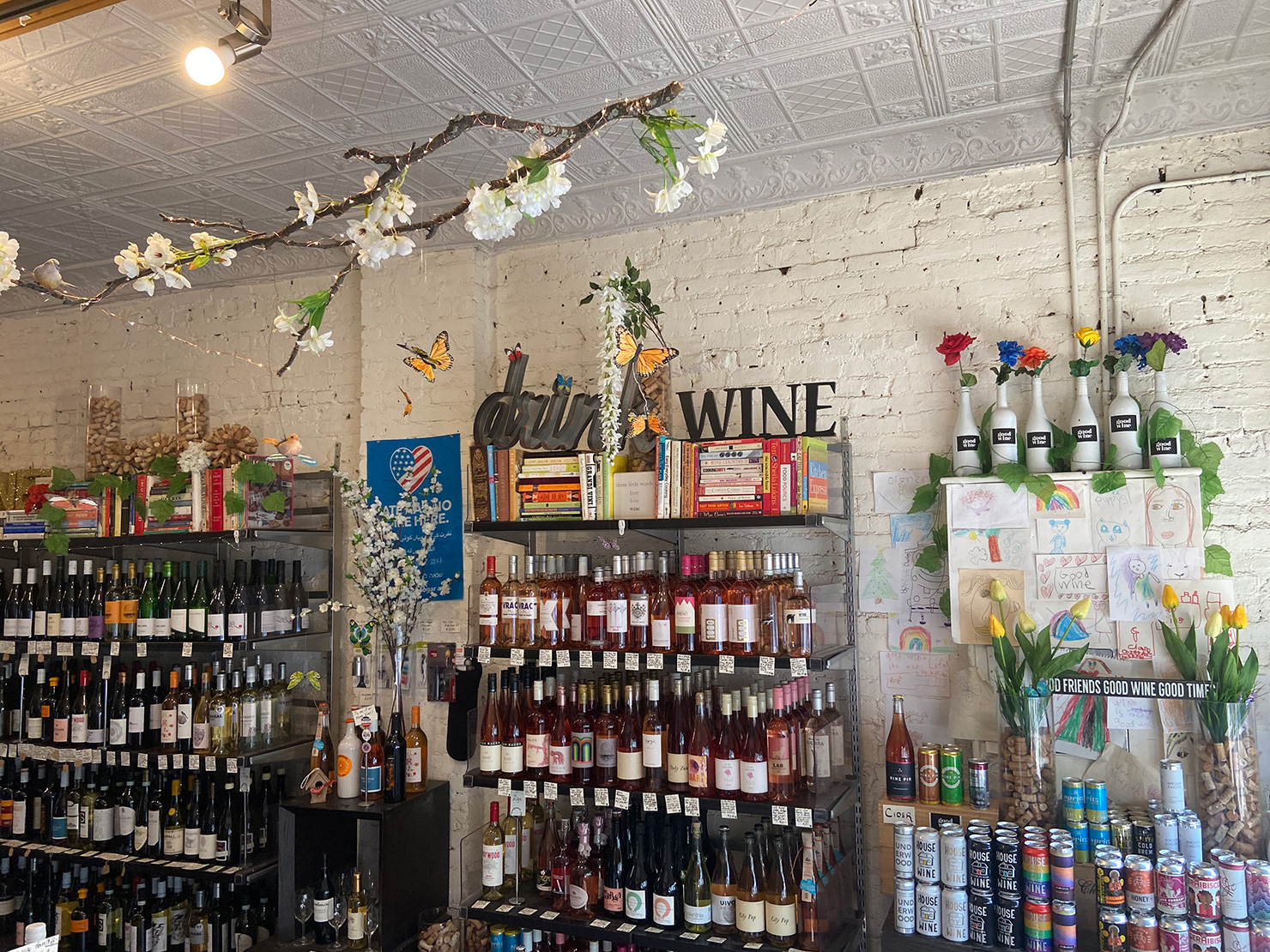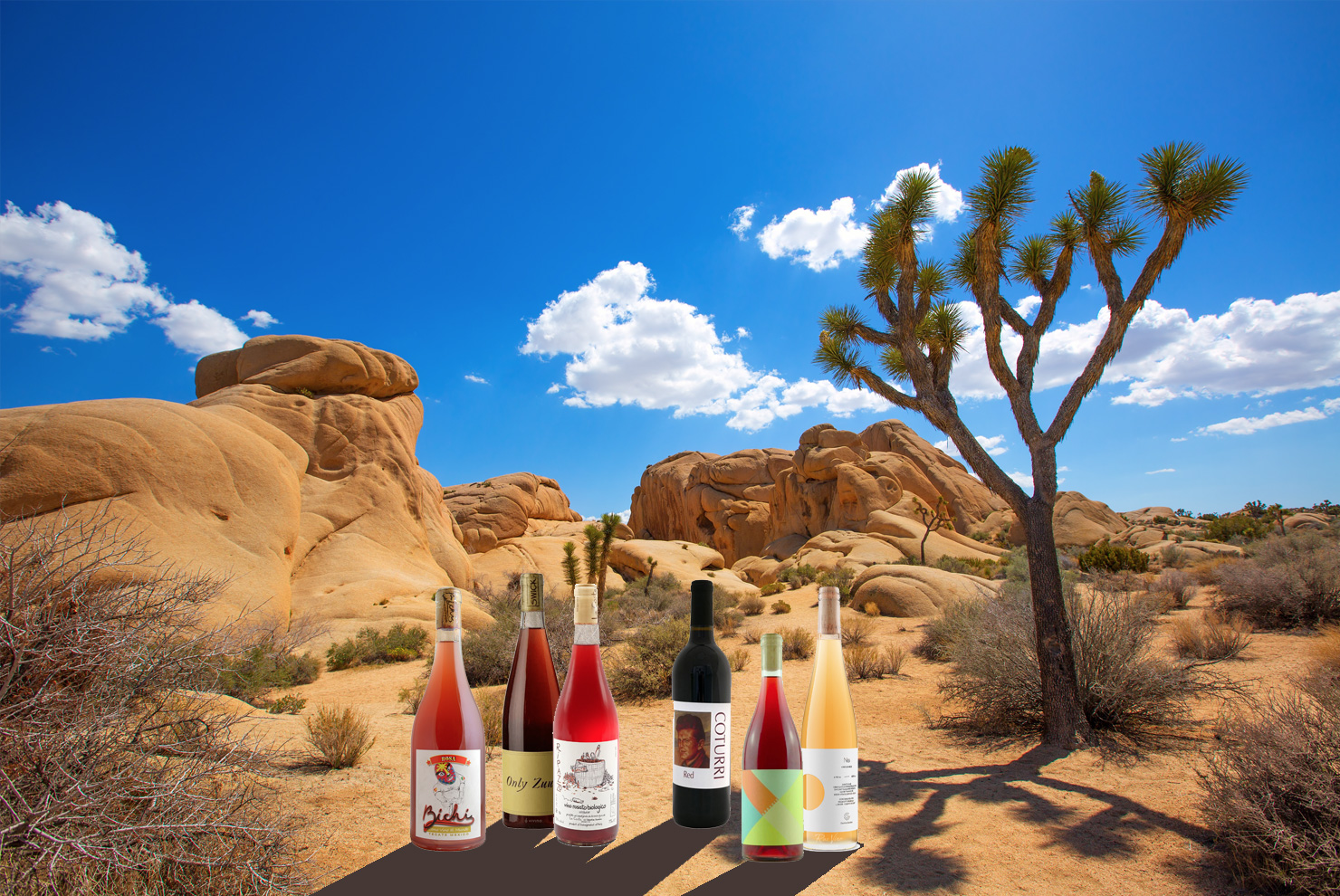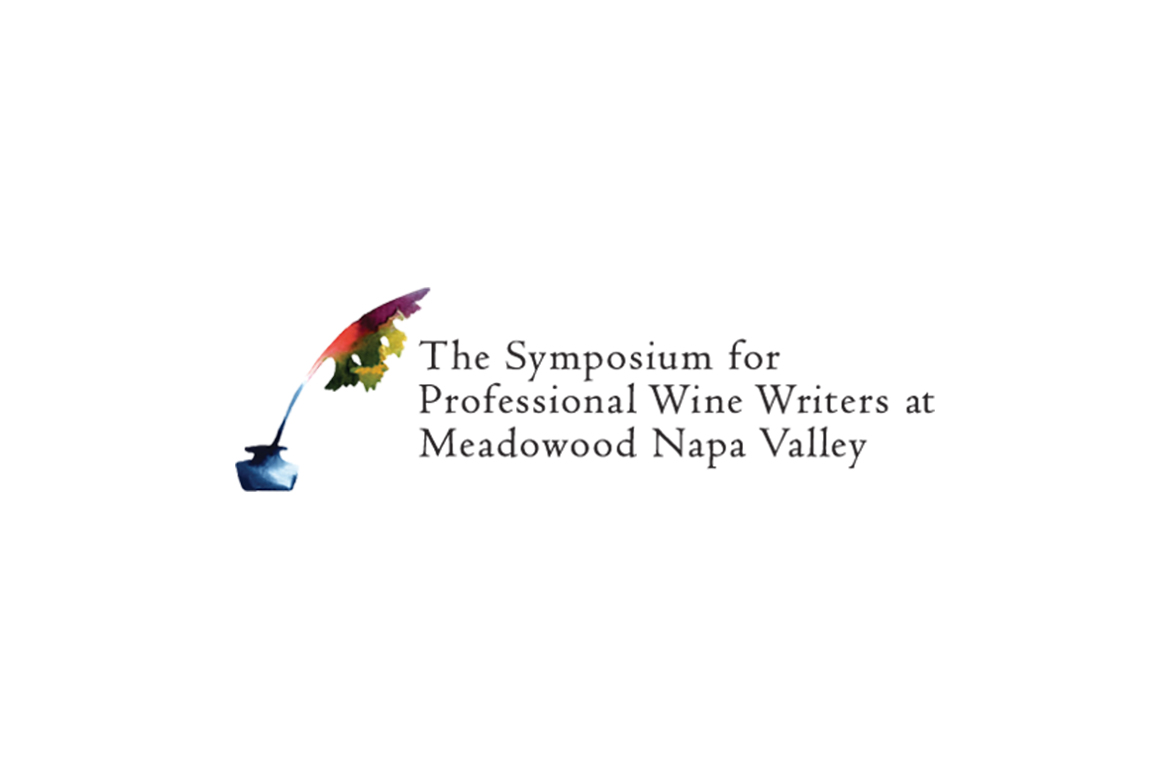Think of Dijon, and you might think mustard, crème de cassis, and the Dukes of Burgundy. You may even remember the city as the likely setting of Philip the Bold’s Gamay ban. But it’s perhaps less likely that you associate Dijon directly with wine.
This hasn’t always been the case. Historically, the wines of Dijon, more specifically from the area surrounding Chenove, were well known in France and held in high esteem. The first mention of a ducal vineyard in Chenove dates back to 1228, and the first wine presses (which you can still see in the town) date back to approximately 1238. The lieu-dit of Le Chapitre produced the tête de cuvée of the commune in the 18th Century and was the vin ordinaire of Louis XV. However, a succession of events, predominantly the arrival of phylloxera, which, combined with the boost of viticulture in the South of France and the loss of many men to two world wars, means that vineyard plantings here were lost.

This is changing. Jean-Yves Bizot, star minimalist intervention winemaker of Vosne-Romanée, believes strongly in the vineyards of this area, and acquired a parcel of Le Chapitre in 2007. The parcel is small at 5.5 hectares, with just a handful of other owners and viticulturists, including Sylvain Pataille and Jean Fournier.
So it can only be a natural progression that the man currently at the helm of Domaine de la Cras on the outskirts of Dijon is former viticulturist and cellar assistant of the Bizot domaine, Marc Soyard. He is creating important waves for these lesser-known Northern vineyards of Burgundy in a passing of the baton from one domaine to the other.
Domaine de la Cras, Dijon’s sole domaine, was acquired by the City of Dijon in 2013. Soyard was hired to run the domaine and be responsible for its organic vinification, and so 2014 saw the first vintage of these vineyards, of which five are planted to Pinot Noir and three to Chardonnay. He’s taking this vinicultural responsibility further and is managing all vineyards biodynamically. Grapes are sorted thoroughly in the vineyard to ensure less handling in the cellar, and they are brought into the winery in cagettes so their skins are less likely to be damaged.

Working biodynamically is crucial to Soyard. “We see such a difference,” he says. “With biodynamics, the soils heal much quicker, perhaps in three years or so, with preps such as the 500 and 501 accelerating the process. With organics alone, it would probably take up to seven years for the soils to regain balance.”
As well as managing his cuvées to depict the terroir and vintage clearly, Soyard is also experimenting. His domaine will have a crémant with 48 months on the lees, as well as a Chardonnay sous voile, which is currently tucked away sleeping in the cellar, where it will spend four years in barrel.
Assistant Marie-Estrella explains the Soyard method of viticulture: “He listens to his vines. There are no rules here. Everything depends on the vintage. Every year is a living year. He always adapts, there are no recipes here.”
The deference to recipe informs Soyard’s use of vessels as well. Soyard primarily uses oak but also employs acacia for some Chardonnay barrels. The acacia gives a slightly headier, sweet aspect which adds a complex dimension to wines from his slightly cooler Northern vineyards. In addition, he has a blended barrel of both acacia and oak woods, created by expert artisan tonnelier, Jerome Fouailly—a one-man-band tonnellerie.

While working at Bizot, Soyard had the opportunity to buy a couple of small plots in Ladoix-Serrigny and Corgoloin (where he makes his cuvee, Hermaion), and in the Hautes-Cotes de Nuits. Soyard also makes the Bourgogne blanc (Coteaux de Dijon) and Bourgogne rouge (also Coteaux de Dijon) cuvées, as well as the Cras white and the Cras red, both from steeper parcels in the Dijon domaine with better exposures. The Cras wines are pressed for fifteen hours in an old vertical press.
We tasted from different barrels for the Bourgogne blanc, one from older oak, which showed fresh, limey, dense, and peachy notes, whereas the new acacia barrel showed caramel, sea salt, cocoa powder, white smoke, licorice, fennel, and a certain leanness. It’s a dense wine with real weight underneath the surface. Soyard acquires older oak barrels with pedigree, which allows him to trace the wines they’ve previously housed. These barrels are clean and have low or no previous sulphur use.
The L’equilibriste duo is a red and a rosé made without sulphur, with nine months elevage. The red here is 100 percent whole bunch, lending real zing with cherry skin, lilacs, white pepper, and blueberry skin notes. It’s fresh, delicious, and so drinkable, especially in the coolness of Soyard’s cellar.
I adore natural, deeper rosés or direct press reds as you might call them, but many are dampened by a sudden squeak at the end. Not the case with the L’equilibriste—it has zero mousiness. It’s frank, delicious, very clean, and so moreish. The wine produces CO2 in the barrel on its own, which acts like a protectant and means it can be bottled sans souffre. This is a rosé with soul.

Montre Cul, meanwhile, is from a vineyard the domaine acquired in 2015. Having previously been treated chemically for 15 years, it is now being worked biodynamically. Montre Cul literally means “show your ass” in French, and some of the labels Soyard produces embrace the definition to a crass and ineffective degree.
Montre Cul’s wines themselves, however, are beautiful. They are lifted with floral notes of crushed lilacs and rose hips, clean and bright with a lovely blueberry skin finish. These wines are vibrant and focussed with youthful exuberance but clear potential to age.
The Bourgogne rouge and the Cras rouge are also both brilliant, slightly more muscular in style, with some dried herbal notes, cassis, and rhubarb. The Cras demonstrates a little more complexity through wet earth stoniness and bramble skin.
Meanwhile, Soyard’s own Ladoix Serrigny comes from more than 70-year-old vines. Coulure and drought in 2017 means that yields sit at a small 22hl/ha, and yet this wine is beautifully pure with tons of cherries and white pepper notes. It’s a real flagbearer for the lesser-known Ladoix.
Another wine, a bottled, 2016 version of the Bourgogne Blanc, came across as serious. It had a bright saline lime pith with steely leesiness and high poise. Linear, tight, so clean, and nervous, it was delicious today, with excellent aging potential. The Melting Pot, on the other hand, was a slightly feral, smashable wine with raspberry pip and juice notes that had such vibrant life on the palate that it was almost itchy (in a good way). The semi-carbonic blend of 80% Pinot Noir and 20% Comblanchien Gamay—take that Philip the Bold—had just 280 bottles made, and its finish was a meeting of charcuterie and bramble skin.
Soyard’s winemaking experience with Bizot, and total dedication to his seven biodynamic parcels, lend his vineyard a youthful energy, persistence, and creativity. If anywhere is to be a locus for a Dijon viniculture resurgence, it’s this cellar.




























